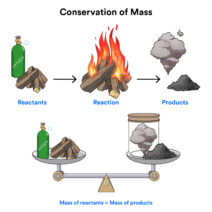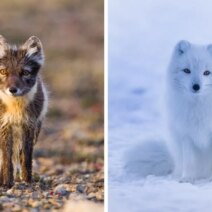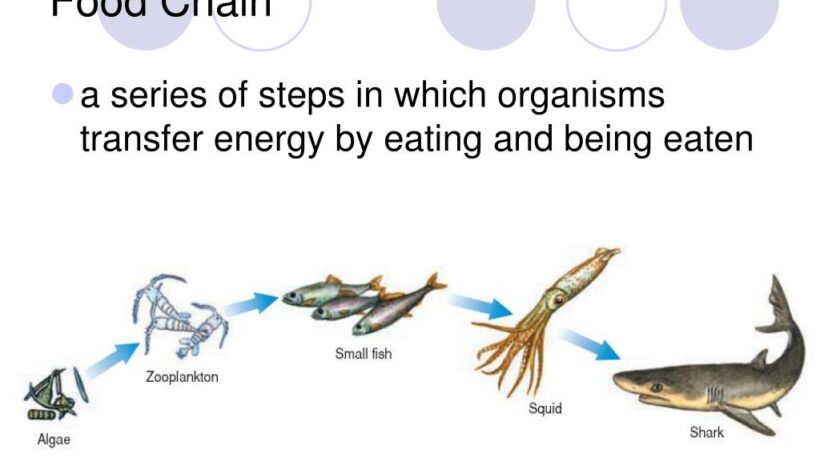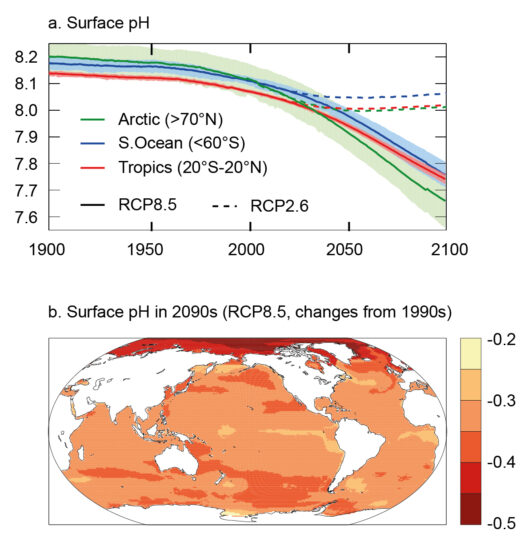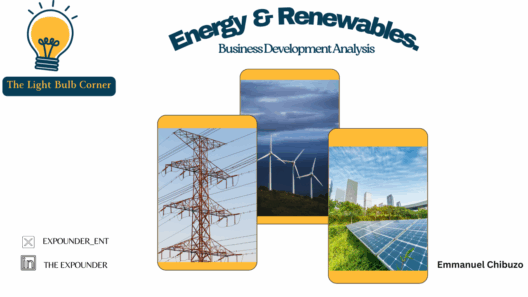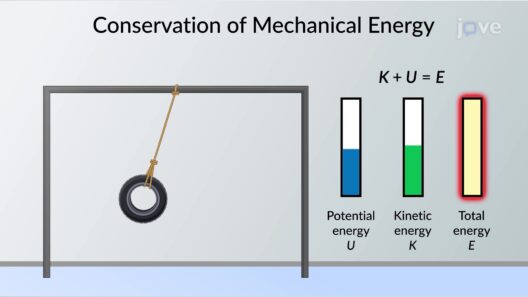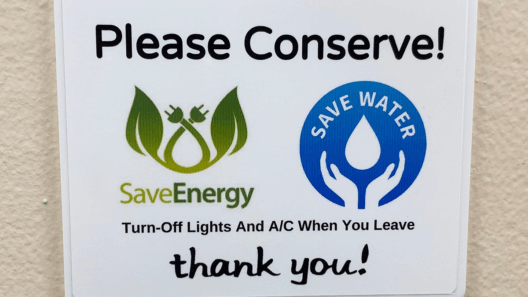Understanding how energy is conserved in food chains offers profound insights into the intricate web of life on Earth. Ecosystems, whether they are lush forests, expansive grasslands, or arid deserts, showcase complex relationships between organisms that highlight the significance of energy flow. This phenomenon is not merely observational; it poses deep ecological questions about sustainability and survival within various habitats. By examining the mechanics of energy transfer—from producers to consumers and decomposers—we can appreciate how delicate and interdependent these relations truly are.
The foundation of all food chains is the primary producers, typically photosynthetic organisms such as plants, algae, and certain bacteria. These organisms possess the unique ability to convert solar energy into chemical energy through the process of photosynthesis. They capture sunlight using chlorophyll and transform it into glucose, a fundamental energy source for themselves and, by extension, for other organisms in the ecosystem. This process not only generates energy for plant growth but also produces oxygen, vital for the respiration of most living organisms.
However, this initial conversion of solar energy is just the beginning. Energy flow through a food chain is often depicted as a linear path, but the reality is much more intricate. When primary producers are consumed by herbivores, or primary consumers, energy is transferred, albeit with a significant loss in the process. It is a well-established ecological principle that only about 10% of the energy obtained at one trophic level is passed on to the next. This inefficiency, a consequence of various metabolic processes, includes energy used for growth, reproduction, and maintenance, as well as energy lost as heat.
The loss of energy at each trophic level is crucial in understanding ecological relationships. It influences population dynamics, community structure, and biodiversity. As one moves higher up the food chain, from herbivores to carnivores, fewer individuals can be supported as energy diminishes. This stability creates a pyramidal structure in terms of biomass, energy, and numbers, where the base represents the abundant primary producers and the apex consists of the more scarce top predators.
Moreover, the decay and decomposition of organic matter play an equally essential role in energy conservation within food chains. Decomposers, primarily fungi and bacteria, break down dead organisms and waste materials, recycling nutrients back into the ecosystem. This process not only ensures the availability of essential nutrients for primary producers but also continues the cycle of energy flow. Although decomposers may not fit neatly into the traditional linear model of food chains, their contribution is indispensable for the maintenance and sustainability of ecosystems.
In terms of energy conservation, various strategies have evolved across different ecosystems. Forms of behavioral adaptation, like migration in response to seasonal energy availability, exemplify how some species optimize energy use. For instance, many bird species migrate south for the winter to access more abundant food resources and avoid the energy constraints posed by harsh weather conditions. Similarly, some herbivores may alter their feeding behavior based on the seasonal availability of plant materials, conserving energy by selecting the most nutrient-rich options.
Another fascinating aspect of energy conservation in food chains is mutualistic relationships, where different species benefit from one another. For instance, pollinators, like bees and butterflies, assist in plant reproduction while obtaining nectar, providing a symbiotic advantage that enhances energy flow through the ecosystem. In such relationships, energy conservation occurs not just at the individual level but extends to community dynamics, benefiting multiple species by creating a self-sustaining ecosystem.
Furthermore, anthropogenic factors pose significant threats to energy conservation in food chains. Deforestation, pollution, and climate change disrupt these delicate relationships, impeding the flow of energy and compromising the balance of ecosystems. As human activities alter landscapes and habitats, the consequences extend beyond the immediate environment, affecting the intricate web of life dependent on these ecosystems. Conservation efforts aimed at preserving biodiversity and restoring habitats are imperative to enhance energy flow and resilience within food chains.
The implications of energy conservation in food chains extend to broader environmental issues, including climate change mitigation. By recognizing the interconnectedness of all living beings and the energy they share, effective strategies can be formulated to address ecological crises. Sustainable agricultural practices, for instance, can promote energy efficiency and lower environmental impact, offering dual benefits of increased food security and conservation of natural resources.
In conclusion, the study of energy conservation within food chains reveals fundamental truths about ecological interdependence and the necessity for sustainability. From the vital role of primary producers to the encompassing impact of decomposers, each component contributes to the overarching structure of ecosystems. Each trophic level, though distinct, underscores the continuous and dynamic flow of energy that fuels life on Earth. Through enhanced understanding of these relationships, individuals can become more informed stewards of the environment, fostering practices that promote ecological balance and resilience amid an ever-evolving climate. This awareness also serves as a reminder that conserving energy in food chains is not merely about preserving nature; it is about ensuring a viable future for all species, including humankind.
